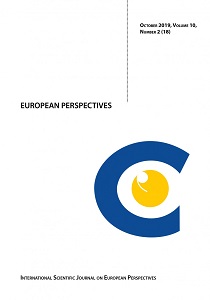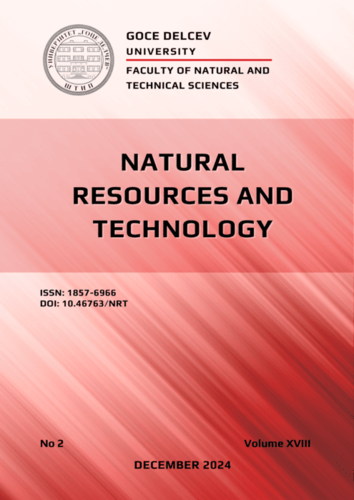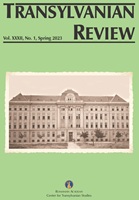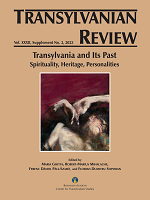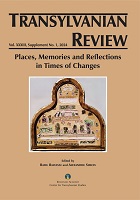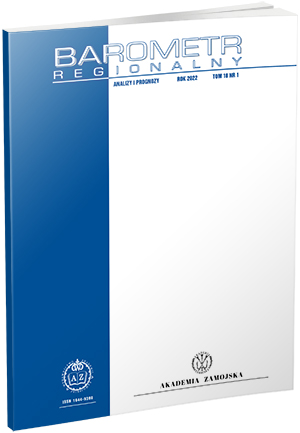Author(s): Silviu-Costel Doru,Georgiana Văculișteanu,Mihai Niculiță,Adrian Grozavu / Language(s): English
Issue: 2/2023
Detecting grassland spatial variation has become a major step for a correct assessment and suitable management of the grassland ecosystem. With the global concern to halt land degradation and biodiversity loss, grassland sensitivity has become a subject of intensive research. Regarding our study region, following, on one side, the historical and politico-administrative evolution, and, on the other side, the landform structure, grasslands are spread as patches along the cuesta hillslopes and floodplains. Starting from that, we have established a biogeomorphological grassland classification which includes two main types: hilly grassland and floodplain grassland. In our attempt to identify the major land use changes impacting the grassland areas, we have identified the floodplain grasslands as the most exposed to successive variability and irreversible changes in many ways. Floodplains are unique biomes with many biological, ecological, and hydrological functions, mainly covered by grassland and used for animal grazing or periodic mowing. Even so, the anthropogenic impact has been marked through various changes in the matter of land use and land cover. To assess this dynamic, we have intended a complex analysis based on historical maps, and remote sensing data, collected between 1920 and 2018. Some of the major changes have been recorded during the inter-war and the communist eras, as a direct result of economic and political variability. The pastureland was mainly gained from wetlands and substituted by cropland during the big inter-war crisis, and reconverted afterward, due to the communist land use planning program. In an attempt to identify the real cost of land use changes in the floodplain areas, we have investigated all the changes that occurred. In some cases, the applied measures were meant to protect a territory or a land use class, even if the result was quite the opposite, as is the case of urban areas affected by floods, in the ’60-’70s. Our study aims to identify the floodplains' land cover dynamics during the last century, as the land cover assessment has become a subject of global interest because of the urgent necessity of food security and supply. Raising the problem at this level, accurate management of land use could be achieved only with a complete understanding of past changes and errors.
More...
